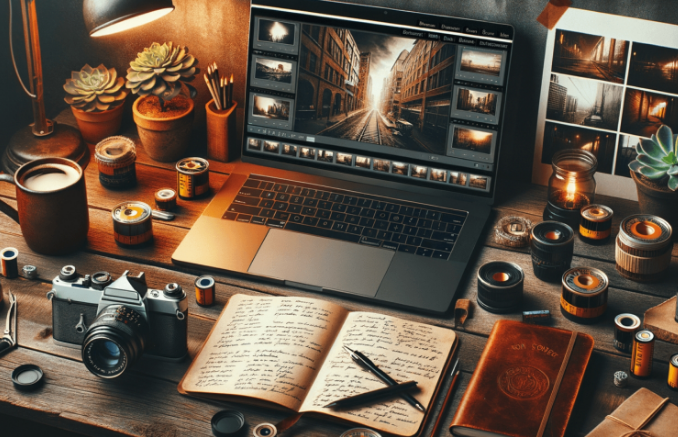Natural light is one of the most accessible and practical tools for home photography. You can capture soft, flattering, and dynamic photos with the right approach without artificial lighting. Here are some tips on making the most of natural light at home to elevate your photography.
1. Choose the Right Time of Day
The quality of natural light varies throughout the day, so choosing the right time is essential. The golden hours—just after sunrise and before sunset—provide warm, diffused light that creates soft shadows and enhances skin tones. The early morning and late afternoon also offer gentle light, making them perfect for portraits and still-life photography.
Tip: Avoid harsh midday light, creating strong shadows and blowing out details. If you must shoot midday, use indirect light from a shaded area.
2. Use Window Light to Your Advantage
Windows are your best friend in home photography. Positioning your subject near a window provides soft, natural light that beautifully brings out details and textures. If the sunlight is too intense, use sheer curtains to diffuse it and soften the shadows, creating a pleasing, even glow on your subject.
Tip: Experiment with the direction of the light. Side lighting from a window creates exciting shadows and depth, while front lighting provides a balanced, gentle illumination for portraits or product shots.
3. Embrace Reflections and Bounce Light
In smaller spaces, reflectors can help control and direct natural light onto your subject. A simple white foam board or a large piece of cardboard wrapped in aluminum foil can act as a makeshift reflector, bouncing light back onto your subject and reducing shadows. This technique adds brightness without overpowering the photo, making it ideal for soft, balanced compositions.
DIY Tip: Use a white wall or ceiling to bounce light naturally. Position your subject near a light-colored surface to reflect light and create a softer, more flattering effect.
4. Use Shadows for Creative Impact
Shadows can add depth and drama to photos, creating unique and artistic effects. Rather than avoiding shadows, try using them intentionally for a creative look. Patterns from blinds, plants, or window frames can produce striking shapes and lines that add texture and interest to your images.
Example: Position your subject partially in the sunlight and allow shadows from window blinds to cast lines across them, adding an artistic element to a portrait or still-life shot.
5. Adjust Your Settings for Optimal Exposure
Adjusting your camera settings is vital to achieving the best exposure when working with natural light. Set your ISO to the lowest possible setting to reduce noise, and adjust the aperture and shutter speed according to the light available. A wider aperture (lower f-stop) can create a shallow depth of field and allow more light, which is perfect for indoor shots with limited light.
Tip: Use exposure compensation if your subject is backlit to ensure they aren’t too dark. Slightly overexposing can balance your image when the background is brighter than the subject.
Conclusion
Utilizing natural light in home photography involves understanding light changes, experimenting with window light, using reflectors and shadows, and adjusting settings for balanced exposure for professional-quality photos.
#NaturalLightPhotography #HomePhotography #PhotographyTips #LightingTechniques #DIYPhotography #WindowLight #PhotographyEssentials #CreativeLighting #PhotoTips #HomeStudio




